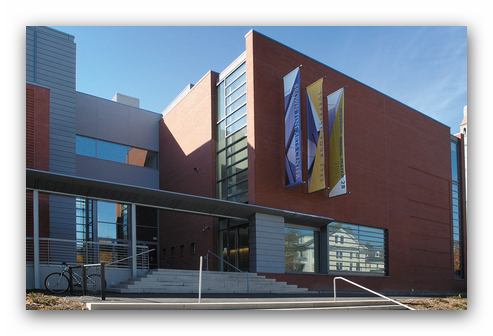Sep 7 2018 - Feb 17 2019
Northampton, MA
Drawn primarily from a generous donation of prints by Gladys Engel Lang and Kurt Lang, No Man’s Land: Prints from the Front Lines of WWI features some fifty works on paper made by German, American, English, Scottish, and French artists. This installation commemorates the centennial of the end of the War, and offers insight into the changing perceptions of artists’ wartime experience.
Spirits were high in the summer of 1914. This was going to be a “Great War,” a fast war. Young men were eager to join up, donning their glimmering helmets, confident and full of purpose. The landscape of war, however, would dramatically change in four years’ time from soldiers in pressed trousers on horseback with rifles in lined formation, to zombie-like figures in trenches with portable machine guns, explosives, tanks, flamethrowers, air raids, and gas. By the end of this “Great” war in November of 1918 around 16 million military and civilians would perish.
The role of the war artist changed dramatically as well; it was no longer a matter of classically trained artists tasked with immortalizing the pageantry of battle after the fact. In this new era of the modernized citizen army, photographic accounts and entrenched artists would document the battle as it happened on the ground.
Some artists worked in propaganda, others as camouflagers, (artists who used their craft to disguise, obscure, and enhance war-sites). Still others protested against the war by publishing their visual critiques in magazines, newspapers, and pamphlets.
In the early days of war, many young artists joined the battle with great zeal and preconceived ideas regarding warfare as the artist’s highest Muse. As the English artist Christopher Nevinson remarked before the war: “No beauty except in strife, no masterpiece without aggressiveness.” His tone softened dramatically after his personal war experiences as an ambulance driver at the front.
Through the course of the war most of the artists who documented it were either killed or profoundly traumatized. The idealistically bellicose works that characterized the enthusiasm for the war at its outset would give way to images that disclose its dark reality. War-weary artists expose the starkly beautiful, apocalyptic landscapes and document the endless droves of faceless marching soldiers and lines of homeless, downtrodden civilians. Some found beauty in simple moments of repose and contemplation between attacks; others reflected on the distressed state of humanity with highly symbolic or emotive works.
Credit: Exhibition overview from museum website.
Exhibition Venues & Dates
Sep 7 2018 - Feb 17 2019
Northampton, MA
